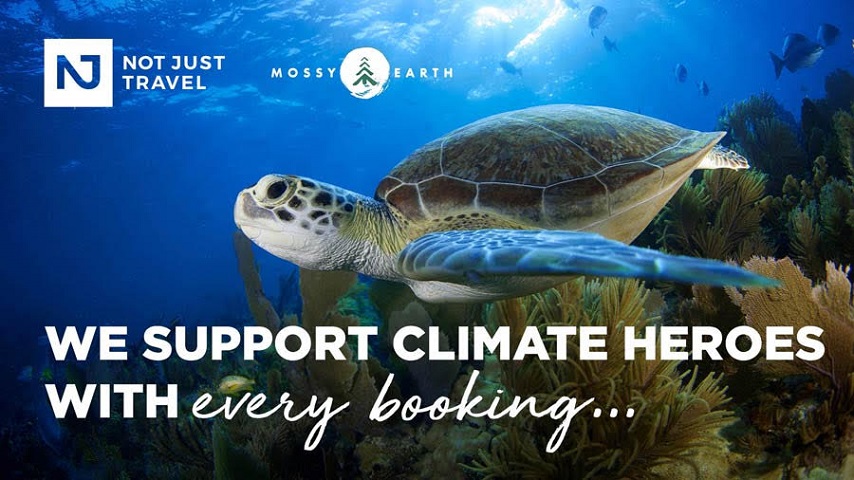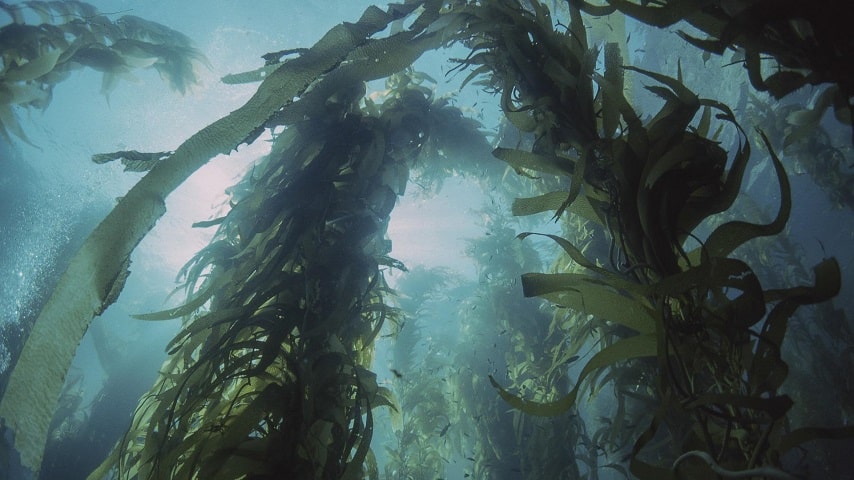Restoring marine forests in Portugal
Sian Pages – Travel Planner
Capturing Carbon: Nature Knows Best
With my customers’ help, we’re supporting the restoration of marine forests in Portugal.
Forgotten Forests That Help Tackle Global Climate Crisis
Globally marine forests along coastlines absorb 600 million tonnes of carbon a year!
Not only do these marine forests improve water quality, draw down and lock away carbon; they support all sorts of incredible fish species that inhabit coastal waters.
Why is it important to focus efforts here?
The coastal areas where sunlight penetrates are where these forests grow. It’s an undisputed fact that these seaweed forests are in sharp decline. Resulting in a loss of important natural services, including effective carbon capture, fish abundance and more.
The need for urgent action in Portugal in particular, is because there are kelp species here that are at risk of being lost forever.
Native Tree Planting is important too.
However, these marine forests can grow at an extraordinary rate, up to 2ft in a day, and are able to absorb huge amounts of carbon.
It’s been said that they can lock-up carbon at a rate of up to 30 times faster than trees!
What Does the Project Look Like?
Kelp forests are big seaweeds with long ribbons that grow along coastlines. They are among the most productive and richest wildlife places on Earth.
“When marine forests are lost it is no easy task to bring them back because restoration methods usually involve diving, which quickly becomes complex, time-consuming and expensive. Or at least that was the case until the technique, called green gravel came along.”
– Tiago, Mossy Earth Biologist
The idea is simple:
• In the lab, kelp is grown attached to small pieces of gravel under ideal conditions
• The gravel is dropped from a boat and sinks to the ocean floor at a suitable location
• The kelp individuals grow, reproduce and spread across the area
The first step for our team of talented biologists was to increase the production of green gravel and for that, the system in the lab allows them to increase the production of Kelp by 10 times!
Below is a photo of one of the kelp individuals that is now thriving on the seafloor as a result of the work in this lab.
(Photo credit to João Nuno Franco, kelp researcher)
Thank you to all my customers who are continuing to make this work possible by choosing to book with me.
If you’d like to discuss future travel plans you have in mind, get in contact with our in-house travel consultant, Sian Pages, on sian.pages@notjusttravel.com.
Sian will be more than happy to spend time talking you through your options; remembering her service is delivered at no cost to clients and professional connections of Longhurst.
Happy Adventures!






